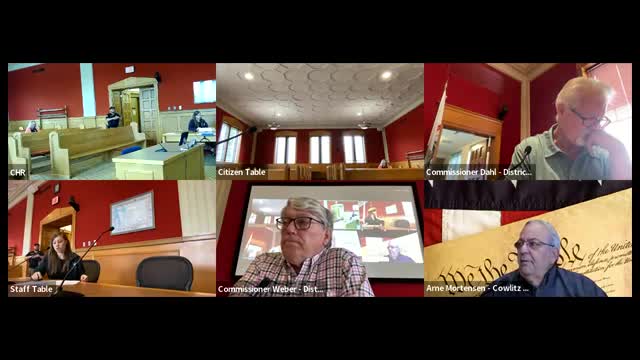Funding boost for housing assistance program sparks debate
September 09, 2024 | Cowlitz County, Washington
Thanks to Scribe from Workplace AI , all articles about Washington are free for you to enjoy throughout 2025!

This article was created by AI using a video recording of the meeting. It summarizes the key points discussed, but for full details and context, please refer to the video of the full meeting. Link to Full Meeting
The funding will cover move-in costs and rent for eligible individuals, as well as essential items like laundry supplies and personal hygiene products. Recipients are not required to repay the assistance. However, officials noted that if a participant's eligibility with the state lapses, their housing assistance will also cease.
Concerns were raised about the long-term sustainability of the program, with discussions highlighting the need for data on the turnover of participants—specifically, how many individuals transition to permanent housing versus those who remain in subsidized housing due to permanent disabilities. Last fiscal year, the program served approximately 250 individuals, with a typical stay of one to two years. Notably, 59 participants successfully transitioned to permanent housing without ongoing subsidies.
Officials also explored the demographics of individuals at local homeless shelters and their potential eligibility for HEN assistance. While some referrals have been made, comprehensive data on the overlap between shelter residents and HEN eligibility remains limited.
The meeting underscored the importance of understanding the broader context of funding and assistance programs, with officials expressing a desire for more detailed data to inform future decisions. The discussion concluded with a recognition of the complexities involved in addressing homelessness and disability support, emphasizing the need for a holistic approach to funding and resource allocation.
Converted from Monday Business Meeting - 09.09.2024 meeting on September 09, 2024
Link to Full Meeting
Comments
View full meeting
This article is based on a recent meeting—watch the full video and explore the complete transcript for deeper insights into the discussion.
View full meeting


